How NATO killed the Personal Defense Weapon concept
- By Travis Pike
Share This Article

The Personal Defense Weapon (PDW) concept has been around longer than it’s had a specific term applied to it. The term itself and its acronym first came to be in the 1980s when NATO specifically hosted a contest to choose a replacement for submachine guns.
In the 1980s, submachines were the go-to tool for special operations forces, counter-terrorism forces, and even personnel assigned to armored vehicles.
Even in Desert Storm, American tank crews still had WWII-era M3 Grease guns as their main long arm. The short size of an SMG and its controllable nature made it the gun of choice for certain roles.
Submachines are great but lack range, and penetration and absolutely suck against armor. So, NATO wanted something smaller than an assault rifle but more potent than an SMG.
What’s a personal defense weapon?
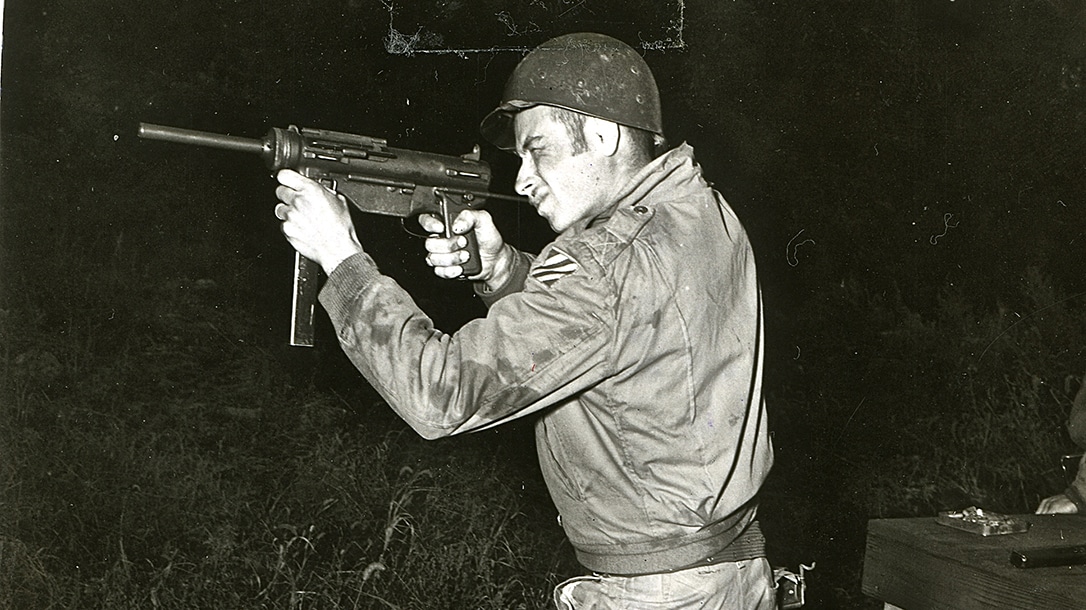
There is a good argument that the M1 Carbine could be declared the very first personal defense weapon. The M1 Carbine came to be because the Army wanted something that offered more firepower than an M1911 pistol but was at least half the weight of the M1 Garand and Thompson SMG.
When NATO was looking for a Personal Defense Weapon, it requested it be lighter and smaller than an assault rifle. It also didn’t want a typical pistol cartridge, but instead a cartridge that could reach out to 220 yards and at that range penetrate level IIIA soft armor. No standard pistol cartridge could do that.
On the other hand, assault rifles utilized cartridges designed for longer barrels and as you trimmed barrel length, the potency of the caliber diminished.
For example, calibers like the 5.56 loading used at the time were designed for 20-inch long barrels. As you trimmed length, the round lost velocity and tended to lose range while creating a louder, harder-to-control firearm. Even a short carbine couldn’t be as short as a PDW.
The PDWs that NATO wanted were aimed at equipping support personnel and elite special operations forces.
Related: Discovering what happened to the missing M2 submachine gun
The Personal Defense Weapon project

Is anyone surprised NATO takes forever to do anything? The solicitation started in the 1980s, but the first PDW wouldn’t appear till 1991. That weapon would be the FN P90.
FN Created a fascinating bullpup PDW that utilized a unique helical magazine that sat horizontally across the top of the weapon and contained 50 rounds of a new 5.7x28mm caliber created by FN.
While the firearm looked unique and did use a unique round and magazine design, the P90 utilizes a simplistic, direct blowback operation system. Direct blowback works reliably but generally creates a greater amount of recoil than other systems. However, the minimal recoil generated by the 5.7mm cartridge ensured the weapon remained controllable.

While the weapon saw success with the fictional Stargate Command, but in the real world, the PDW project languished.
However, in 2001, German Heckler and Koch introduced the MP7. The MP7 utilized a short-stroke gas piston system with a more traditional layout than the P90. The magazine was inserted into the pistol grip of the weapon, and the platform utilized a collapsing stock and a 7.1-inch barrel. The MP7 utilized the 4.6x30mm cartridge, a new cartridge created by HK.
The MP7 and FN P90 became the only true Personal Defense Weapons competing in NATO’s program which was still running.
Related: Analyzing the SIG NGSW – The Next Generation Squad Weapon
NATO’s evaluation and Germany’s veto

Due to NATO’s slowness, the Personal Defense Weapon solicitation process wouldn’t come to an evaluation until 2002. This evaluation pitted not just the MP7 and P90 against each other but their respective cartridges as well. NATO gathered experts from the U.S., the U.K., Canada, and France to evaluate both weapons and calibers.
While the weapons both performed well, the results of the test came down more to the caliber they fired.
The experts found that the 5.7×28 was undoubtedly better than HK’s 4.6x30mm.
They found that the 5.7x28mm was 27 percent more effective against unarmored targets; the two calibers were equally effective against armored targets. The deposit of energy from the 5.7 was higher than the 4.6. The perforation 5.7x28mm on CRISAT targets proved to be 11 percent more effective at 150 meters.
Additionally, from a logistic perspective, the group decided that the 5.7mm would be easier to produce compared to the 4.6, as the 5.7 could be produced on the same lines that produced 5.56, making it easier and cheaper to produce.
Germany didn’t like this decision and protested it. NATO’s policies require a consensus, and a country can veto a decision at any time without providing a logical reason to do so. Germany did just that and the competition died. NATO never adopted a PDW, and the short carbine became more prevalent.
Who uses PDWs?
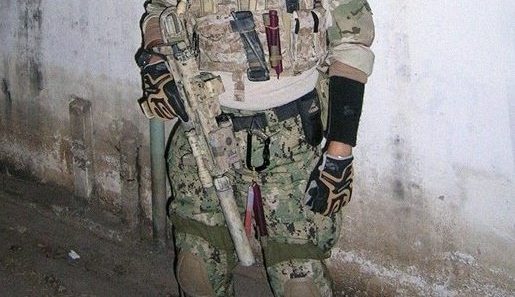
The Personal Defense Weapon concept might have died for NATO, but military forces around the world adopted the MP7 and P90. In the United States, the MP7 saw use with SEAL teams, including with SEAL Team 6 on the bin Laden raid.
The U.S. Secret Service, Federal Protective Service, ICE, and numerous American police forces adopted the FN P90. The MP7 saw success with the LAPD, but most of its success was overseas with Elite forces like the German GSG 9, the Japanese SF Group, and the Swiss Guard of the Vatican City.
Personal Defense Weapons seemed to find a home in certain specialized roles, but your average military truck driver, tank crewman, and radio guy now carry an M4 or similar carbine.
PDWs aren’t dead but represent a niche, specialized weapon in the armed forces.
Feature Image: Special operations troops carrying MP7A1s. (HK)
Read more from Sandboxx News
Related Posts
Sandboxx News Merch
-

F-35 ‘Lightning’ Poster
$22.00 – $28.00 Select options This product has multiple variants. The options may be chosen on the product page -

F-35 ‘Evolution’ Framed Poster
$45.00 – $111.00 Select options This product has multiple variants. The options may be chosen on the product page -
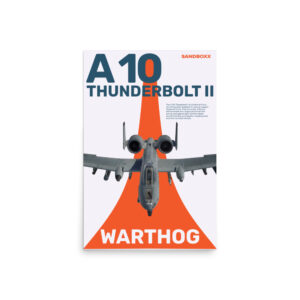
A-10 ‘Warthog’ Poster
$22.00 – $28.00 Select options This product has multiple variants. The options may be chosen on the product page

Travis Pike
Travis Pike is a former Marine Machine gunner who served with 2nd Bn 2nd Marines for 5 years. He deployed in 2009 to Afghanistan and again in 2011 with the 22nd MEU(SOC) during a record-setting 11 months at sea. He’s trained with the Romanian Army, the Spanish Marines, the Emirate Marines, and the Afghan National Army. He serves as an NRA certified pistol instructor and teaches concealed carry classes.
Related to: Gear & Tech, Military Affairs

5 ways to prepare and survive the Marine Corps boot camp
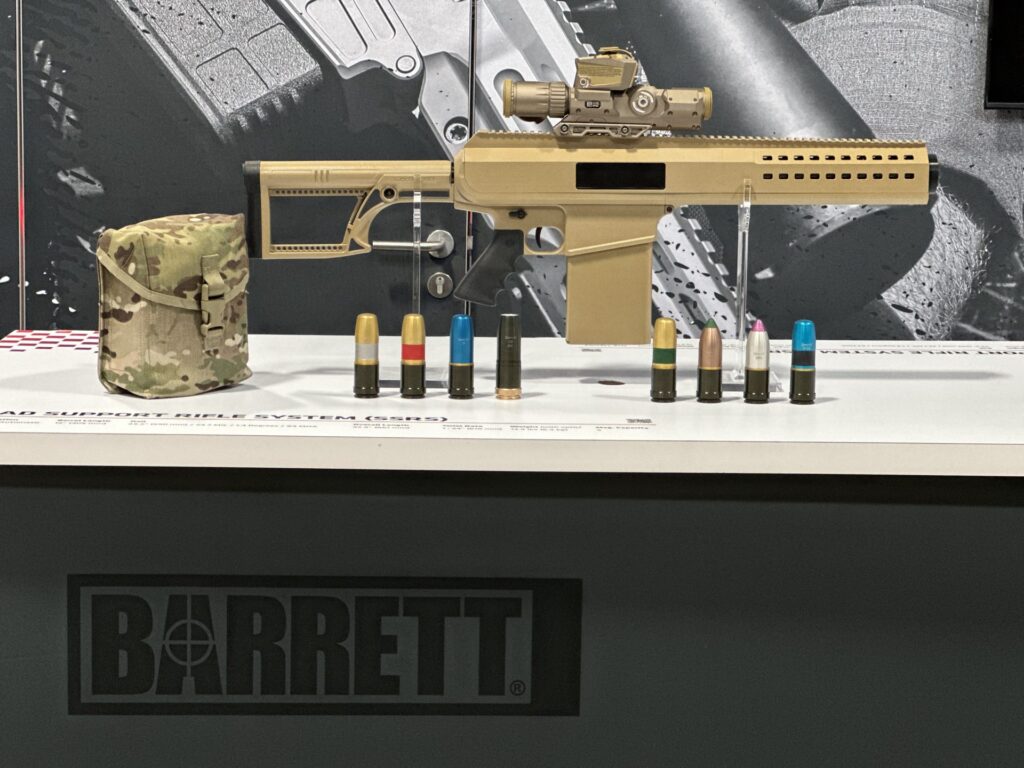
Barrett’s Squad Support Rifle System will make infantry squad deadlier
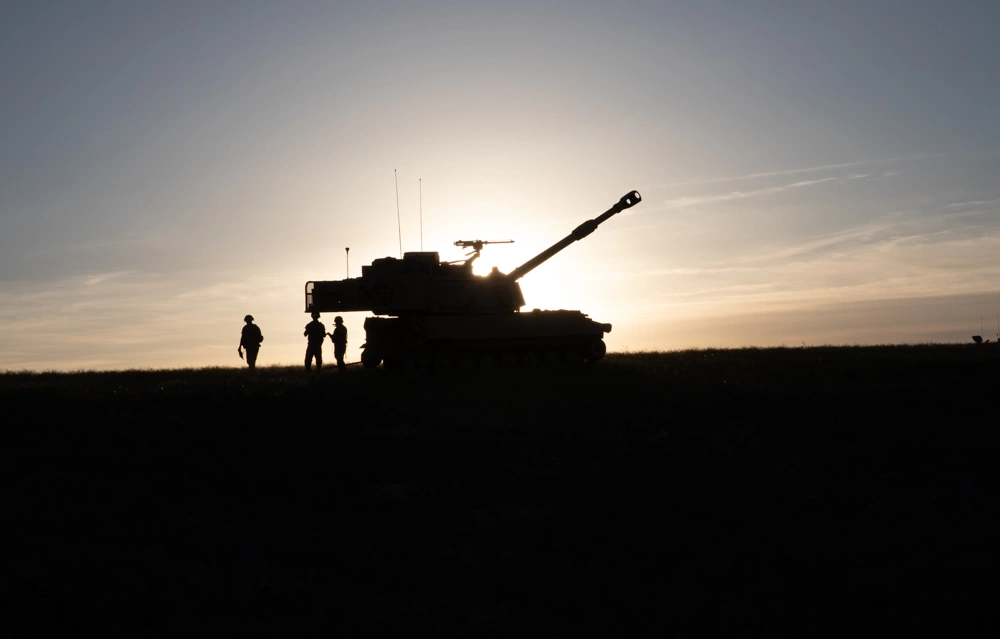
The unique world and uses of howitzers

How close are the Colonial Marines from ‘Aliens’ to actual Marines
Sandboxx News
-

‘Sandboxx News’ Trucker Cap
$27.00 Select options This product has multiple variants. The options may be chosen on the product page -

‘AirPower’ Classic Hoodie
$46.00 – $48.00 Select options This product has multiple variants. The options may be chosen on the product page -

‘AirPower’ Golf Rope Hat
$31.00 Select options This product has multiple variants. The options may be chosen on the product page -

‘Sandboxx News’ Dad Hat
$27.00 Select options This product has multiple variants. The options may be chosen on the product page
